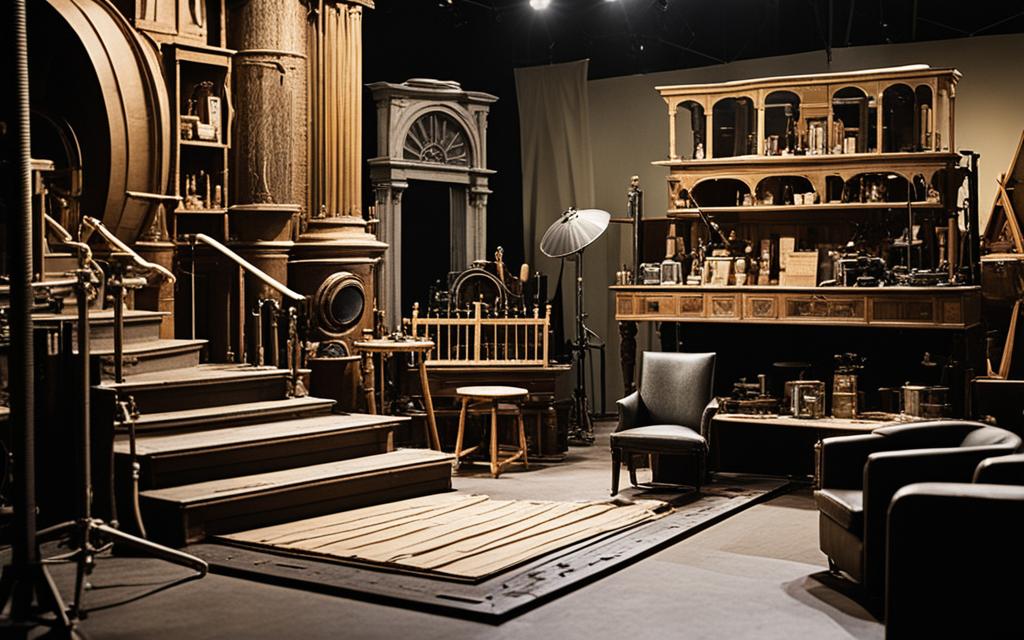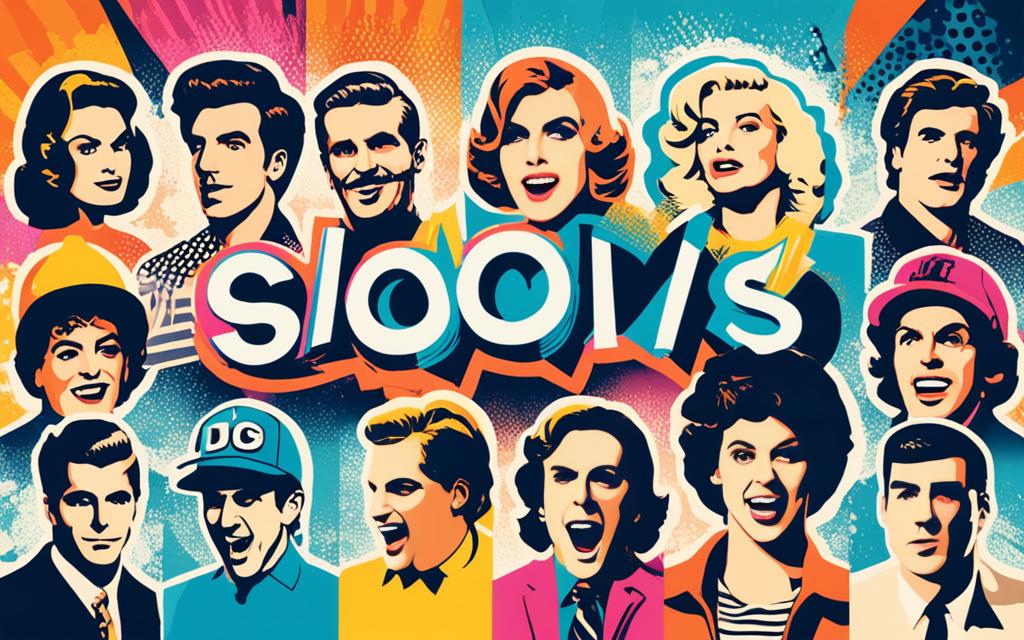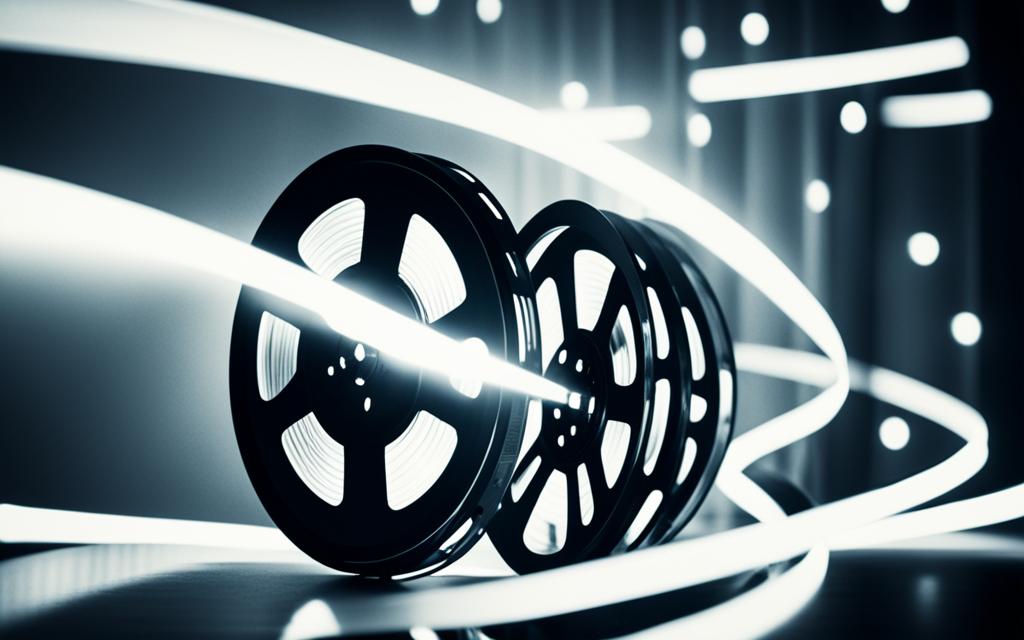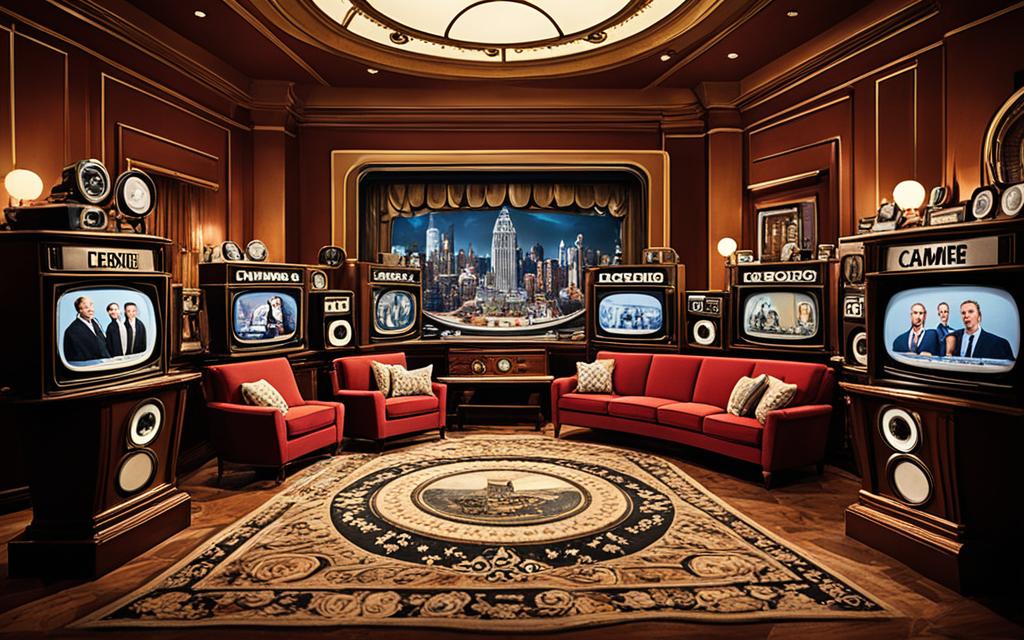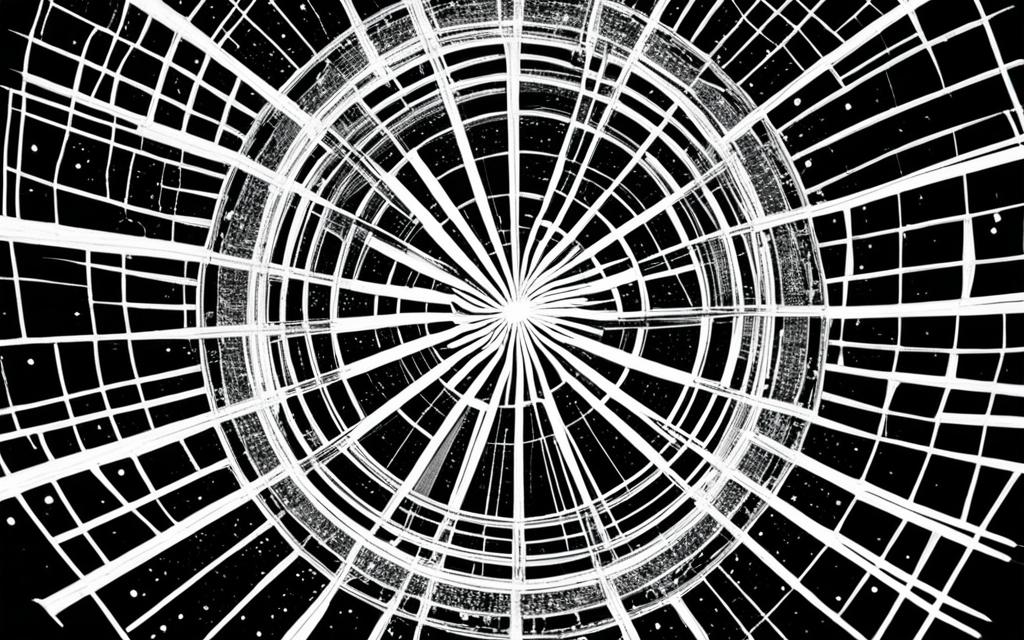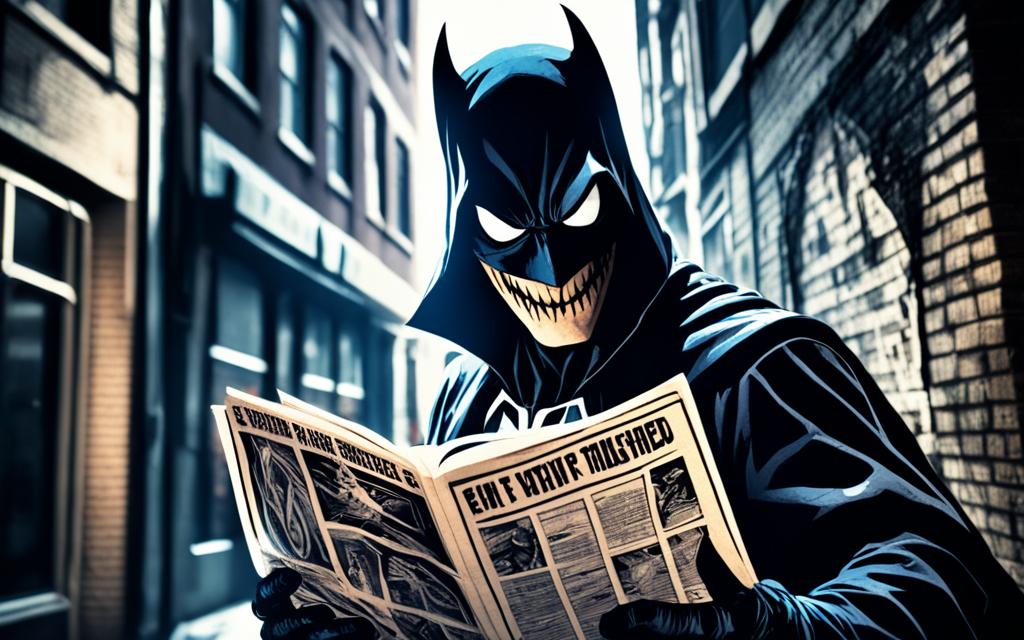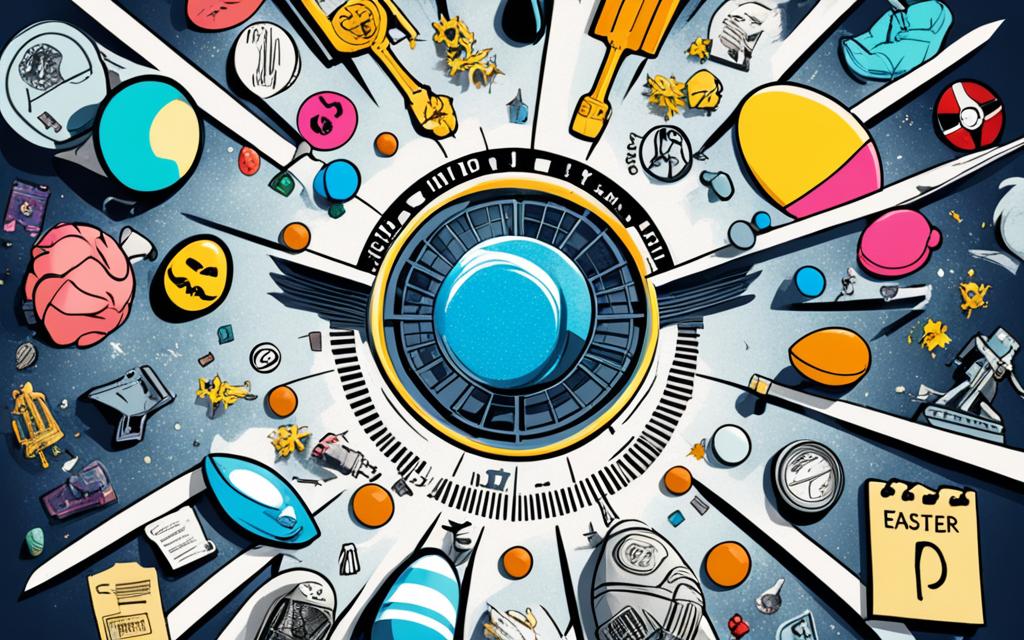In this section, we’ll explore some of the most intriguing movie fan theories that have captured the imaginations of film enthusiasts. From hidden messages in classic films to the intentions of directors, we’ll delve into the theories that have gained popularity over time.
Are you a movie buff who loves to analyze films beyond what meets the eye? If so, get ready to embark on a thrilling journey through the world of movie fan theories. Prepare to have your mind blown as we uncover hidden messages in classic films, delve into secret character backgrounds, decipher allegorical symbolism, and engage in heated debates about director intentions.
Imagine watching your favorite movie and discovering a hidden clue that not only changes your perception of the story but also opens up a whole new world of possibilities. Movie fan theories do just that, uncovering the hidden gems within films that the average viewer may overlook.
From puzzling endings that leave you questioning everything to obscure character backstories that add depth to the narrative, fan theories offer a fresh perspective on beloved movies. They invite us to unravel mysteries, connect the dots, and challenge the conventional interpretation of cinematic experiences.
These theories have gained immense popularity over time, with dedicated fan communities emerging to discuss, debate, and analyze every detail. Theories about movie endings, secret character backgrounds, and alternate timelines have sparked intense conversations among film enthusiasts.
Take, for example, the theory about hidden messages in classic films. Some believe that filmmakers intentionally include symbolism and allegory to convey deeper meanings. From recurring motifs to subtle visual cues, these hidden messages offer a rich tapestry of interpretation.
But it doesn’t stop there. The controversial theories that question director intentions and challenge established narratives bring an element of debate to the table. Were the decisions made by the director deliberate or open to interpretation? These discussions ignite passionate arguments among fans, each armed with their own evidence and analysis.
Join us as we unravel these captivating movie fan theories and delve into the fascinating world of hidden clues. Prepare to see your favorite films in a whole new light and discover the magic that lies beneath the surface.
Theories About Movie Endings
One of the most fascinating aspects of movies is the way they leave us pondering their endings long after the credits roll. From ambiguous conclusions to mind-bending twists, movie endings have been the subject of countless fan theories. These theories offer alternative explanations and interpretations, providing a deeper understanding of the film’s narrative and leaving room for discussion and speculation.
Supporting evidence plays a crucial role in these fan theories. Fans meticulously analyze every detail, searching for clues, symbolism, and hidden meanings that may shed light on the true intentions of the filmmakers. Through careful observation and scrutiny, fans connect the dots, unveiling hidden layers of the story and introducing new perspectives.
Take, for example, the iconic movie “Inception.” Its ambiguous ending has sparked numerous theories, with fans speculating about the reality of the final scene. Some believe that the spinning top at the end continues to spin, suggesting that the protagonist is still in a dream. Others argue that the top wobbles slightly, implying that he has finally found reality. These theories delve into the symbolism of the spinning top and meticulously dissect the film’s clues to support their interpretations.
Another movie that has generated its fair share of theories is “The Matrix.” The mind-bending concept of the film opens the door to various interpretations of its ending. Some theories propose that Neo is still trapped within the Matrix by the end of the trilogy, while others argue that he has finally achieved true freedom. These theories often analyze pivotal scenes, character motivations, and philosophical themes to provide a compelling argument for their respective interpretations.
“The true beauty of fan theories lies in their ability to offer alternative perspectives and challenge our understanding of the movies we love.” – Film critic
These theories not only provide thought-provoking insights into the endings of beloved movies but also showcase the creativity and passion of movie enthusiasts. As fans engage in lively debates and discussions, they contribute to the rich tapestry of film analysis and appreciation.
So the next time you find yourself contemplating a perplexing movie ending, remember that there may be more than meets the eye. Dive into the world of fan theories, explore the supporting evidence, and discover a whole new dimension of the movies you adore.
Secret Character Backgrounds and Alternate Timelines
One of the most intriguing aspects of fan theories is their ability to uncover hidden layers of a movie’s narrative. From Star Wars to the Marvel Cinematic Universe, fans have created theories speculating on the secret character backgrounds and alternate timelines that exist within these beloved franchises.
These theories explore the connections between different movies, revealing how characters and events intertwine across various installments. By analyzing subtle clues, fans have pieced together intricate storylines that deepen our understanding of the cinematic universe.
Take, for example, the popular James Bond franchise. Fans have theorized that “James Bond” is not a single individual but a codename given to different agents over the years, explaining the various actors who have portrayed the iconic spy. This theory suggests that each film represents a different timeline within the James Bond universe.
Another intriguing theory revolves around the Harry Potter series. Fans have proposed that the events in Harry Potter are merely figments of Harry’s imagination as he lies in a coma after the attack by Lord Voldemort. This theory creates an alternate timeline where Harry’s adventures are a manifestation of his subconscious mind.
“Fan theories allow audiences to engage with movies on a deeper level, uncovering hidden connections and exploring alternate possibilities. These theories reflect the creativity and imagination of fans, demonstrating the enduring impact of these movies.”
Fan theories surrounding secret character backgrounds and alternate timelines not only provide entertainment value but also encourage critical thinking and analysis of the stories we love. They allow us to view familiar narratives from fresh perspectives and challenge our understanding of established movie franchises.
Next, we’ll delve into the symbolism and allegory found in movies, exploring the hidden meanings that directors embed within their works.
Symbolism and Allegory: Decoding Hidden Meanings
When it comes to analyzing classic films, it’s impossible to ignore the power of symbolism and allegory. Filmmakers have long used hidden messages and deeper meanings to engage audiences on a profound level. Through the clever placement of symbols and the use of allegorical storytelling techniques, directors can create a rich and layered viewing experience that lingers long after the credits roll.
Symbolism is the art of imbuing objects, characters, or actions with deeper significance. It allows filmmakers to convey complex ideas and emotions subtly. By using symbols strategically, directors can evoke powerful emotions, spark intellectual discussions, and provoke introspection in their audience.
Allegory, on the other hand, is the narrative technique where characters, events, or entire storylines are used as metaphors for abstract concepts or moral lessons. Allegorical films can tackle societal issues, explore philosophical ideas, or provide commentary on human nature.
One famous example of symbolism can be found in Alfred Hitchcock’s classic film “Psycho.” The recurring image of birds throughout the movie serves as a symbolic representation of the protagonist’s deteriorating mental state. The birds represent chaos, danger, and the looming threat of violence. Through this visual motif, Hitchcock masterfully conveys the main character’s descent into madness.
In “The Matrix,” the iconic red and blue pills become symbols that represent choice and awakening. The red pill offers the truth, albeit a harsh reality, while the blue pill represents the comfort of ignorance. This symbolic choice is central to the film’s exploration of philosophical themes such as reality, perception, and free will.
Another film that expertly employs allegory is “The Lord of the Rings” trilogy. While set in a fantastical world, the story carries a strong allegorical message about the struggles of good versus evil, the corrupting nature of power, and the importance of friendship and loyalty. The One Ring becomes the embodiment of evil and the corrupting influence it has on those who possess it.
Symbolism and allegory in film can be like a hidden language, accessible only to those who are willing to delve deeper. By paying attention to these hidden messages, viewers can gain a richer appreciation for the artistry behind classic films and uncover new layers of meaning.
Decoding the symbolism and allegory in films is an exciting exercise that challenges viewers to think critically and interpret visual cues. It encourages discussions and allows for personal interpretations, making each viewing experience unique.
Exploring Symbolism and Allegory in Classic Films
Here are a few classic films renowned for their masterful use of symbolism and allegory:
- The Shining (1980) – Stanley Kubrick’s horror masterpiece is filled with symbolic imagery, from the hedge maze representing Jack Torrance’s mental labyrinth to the river of blood pouring from the elevators.
- The Wizard of Oz (1939) – This beloved children’s film is renowned for its rich symbolism, with characters and settings standing in as representations of various qualities and themes, such as the Scarecrow symbolizing intelligence and the Yellow Brick Road representing the journey of life.
- The Truman Show (1998) – A thought-provoking film about media manipulation, the movie cleverly uses symbolism, such as the constant reinforcement of circles and the recurring image of the moon, to highlight Truman’s entrapment within his fabricated reality.
Films with Notable Symbolism and Allegory
| Film | Year | Main Symbol | Interpretation |
|---|---|---|---|
| Pan’s Labyrinth | 2006 | The Labyrinth | A metaphor for the protagonist’s escape from the harsh realities of war into a fantastical world of her imagination. |
| Donnie Darko | 2001 | The Rabbit | A representation of fate and the protagonist’s struggle with mental illness. |
| The Fountain | 2006 | The Tree | A symbol of life, mortality, and the quest for eternal life. |
The Controversial Theories: Debating Director Intentions
As movie fans, we all love to dissect and analyze our favorite films, searching for hidden meanings and deeper layers of storytelling. But sometimes, these theories can take a controversial turn, challenging the very intentions of the directors themselves. In this section, we’ll dive into some of the most debated and controversial movie fan theories that have sparked passionate discussions among fans and critics alike.
One of the most controversial theories centers around the ending of Christopher Nolan’s “Inception.” Did Dom Cobb escape the dream or was he stuck in limbo the entire time? While the film intentionally leaves the ending open to interpretation, fans have offered differing opinions regarding the true intentions of Nolan. Some argue that the spinning top signifies Cobb’s return to reality, while others believe it hints at a never-ending dream state. This theory not only reveals the diverse interpretations of the movie’s conclusion but also brings into question the director’s intended message.
In Stanley Kubrick’s iconic film “The Shining,” the theory of the director’s intentions takes center stage. Many fans speculate that the movie contains hidden clues and symbolic elements suggesting underlying themes of domestic violence and Native American genocide. These theories challenge the popular notion that the film is simply a psychological horror story, leading to intense debates about Kubrick’s intentions and the deeper meanings he may have woven into the narrative.
Another contentious theory revolves around the allegorical elements in Darren Aronofsky’s “Mother!”. Some fans argue that the film is an allegory for the destructive nature of humanity and even interpret the characters as representations of biblical figures. The exploration of Aronofsky’s intentions in creating a multi-layered and thought-provoking film like “Mother!” highlights the divisive nature of controversial theories and their impact on our interpretation of the director’s work.
These controversial theories not only showcase the creativity and imagination of movie fans but also bring to light the complexities and depth of the directorial craft. They blur the lines between audience interpretation and director intentions, sparking lively discussions that challenge our understanding of the films we love.
While some movie fan theories may seem far-fetched or outlandish, they provide an opportunity for deeper engagement with the films we adore. They invite us to question and analyze, allowing us to appreciate the intricate details and hidden layers carefully crafted by directors. Whether these theories align with the director’s true intentions or not, they ultimately add to the rich tapestry of cinematic storytelling, making the movie-watching experience all the more captivating and rewarding.
| Movie | Controversial Theory | Director’s Intentions |
|---|---|---|
| “Inception” | Did Dom Cobb escape the dream or is he stuck in limbo? | Open to interpretation |
| “The Shining” | Hidden clues suggesting themes of domestic violence and Native American genocide | Varied interpretations and debates |
| “Mother!” | Allegory for the destructive nature of humanity | Interpretation and discussion encouraged |
Conclusion
After exploring a range of movie fan theories, we have witnessed the creativity and passion of movie buffs in uncovering hidden clues and engaging in thought-provoking discussions. These theories add an additional layer of enjoyment to our favorite films, allowing us to explore alternative perspectives and interpretations. Whether you believe in these theories or not, they showcase the deep connection fans have with the movies they love.



